NHORHM: New Heritage of Real Heavy Metal
NHORHM is New Heritage of Real Heavy Metal. It’s not only a homage to the original NWOBHM abbreviation, but also an incredible initialism of the three musicians: N ishiyama H itomi (piano), O rihaya R yoji (bass), and H ashimoto M anabu (drums), with names in the last-name-first Japanese convention. (I include a brief diversion on “What is NWOBHM?” later, below…)
This debut album from NHORHM was released in 2015 and rereleased/remastered in 2024 when the first run was sold out, and both new listeners and fans who originally missed out were clamoring for copies. The album contains ten tracks, nine cover songs and one original by pianist Nishiyama. All arrangements are by Nishiyama, and this is not something to take lightly; the whole project hinges on the idea of a jazz piano trio covering heavy metal tunes, and the success of the endeavor relies a lot on bridging the gap between those distinct sounds, styles, and instrumentation, and on making the music appealing, listenable, and great, despite the obvious novelty aspect that may precede the experience. Yet, never fear, Nishiyama took the challenge seriously and put a lot of work into this project.
Although both jazz fans and metal fans may look on this type of crossover hybrid with understandable suspicion (both audiences appreciate musical purity and authenticity, or genuineness, in their respective forms), it’s a homerun from the trio, as the reinterpreted songs exist in a new dimension or sub-genre.
Based on just the sound of the music, and the piano-bass-drums trio sound that is common in modern jazz, NHORHM certainly has more of a jazz sound than a metal one. There are no distorted guitars, no double-bass kick drums, no ear-splitting cymbal crashes or hyperspeed electric solos.
But the material on New Heritage of Real Heavy Metal is all drawn from the heavy metal canon. The trio plays Nishiyama’s modified versions (reharmonized, restructured, re-instrumented) of original songs by the bands U.K., Pantera, Rainbow, Megadeth, Iron Maiden, Angra, Babymetal, Deep Purple, and Mr. Big.
Being jazz, the solos are also improvised in the jazz style, not run-throughs of the original works. These songs are not covers in the sense that they aim to replicate or reproduce the original songs, structures, and guitar solos present in the original recordings.
Nishiyama also includes one of her own compositions, “The Halfway to Babylon”, setting up a story that will be continued on the follow-up II and III albums.
While all ten of the songs feature the trio, three of the ten also feature guest musicians. Vocalist Tomomi Oda sings on #4 “Skin O’ My Teeth (Megadeth)”, guitarist Takayoshi Baba plays on #5 “Fear of the Dark (Iron Maiden)”, and trumpeter Hikari Ichihara plays on #8 “Demon’s Eye (Deep Purple)”.
The translated liner notes (further below) go into the song selections, so here is just a brief overview of the flow of the album.
Track #1, “In the Dead of Night” (from the band U.K.'s 1978 debut album) is progressive uptempo, getting slightly aggressive with power(-ish) chords, dynamic drums, and silky fretless electric bass dexterously covering the heavy metal guitar duties.
Track #2 “Walk” (Pantera, Vulgar Display of Power, 1992) is medium-heavy and dark, with powerful riffs, deadly serious drumming, and an attitude and sound close to the original song.
Track #3 “Man on the Silver Mountain” (Rainbow, Richie Blackmore's Rainbow, 1975, with Ronnie James Dio on vocals) is a highlight of odd-meter, fantasy escapist metal, a more significant reinterpretation of the original hard rock beat.
Track #4 “Skin O’ My Teeth” (Megadeth, Countdown to Extinction, 1992) is another highlight for its close-to-the-bone edge and faithfulness to the original song, even with vocalist Tomomi Oda covering Megadeth’s Dave Mustaine role. It’s fun, uptempo 4/4 with some extra twists and reharmonizations, and, like the original, a relatively short song. The source Megadeth version also features a guitar solo from Marty Friedman, who contributed a blurb for this album along with some other famous metalers. This track may be the cleanest onramp for diehard metalheads, with the song’s catchy rhythms and riffs present in NHORHM’s version, not to mention the female vocals that are a perfect fit.
Track #5 “Fear of the Dark” (Iron Maiden, Fear of the Dark, 1992) is reformed as a slow-to-medium 4/4 ballad, starting softly with piano and acoustic guitar, then getting into a rock beat and changing meters for emotional impact. There’s an anthemic (Iron Maiden music perfect for this) yet meditative feel, and this song fills the important role of the sole ballad on an otherwise in-your-face heavy metal jazz album.
Track #6 “Upper Levels” (Angra, Secret Garden, 2014) is exciting, full of irregular signatures and complex moving lines and quick changes. It’s virtuosic, fulfilling the role that this song was chosen for. Their prog metal sounds are melodic with intricate licks, patterns, and different sections linked together. It summons the sounds of bands like Fates Warning, Dream Theater, and Queensrÿche, groups that blend classical, power, and progressive influences. This must be attractive for Nishiyama, who is often said to incorporate these styles and European music into her compositions and playing style.
Track #7 “Akumu no Rinbukyoku” [悪夢の輪舞曲, Rhondo of Nightmare] (Babymetal’s debut album, 2014) is quieter, lighter, and delicate, while still being a whirlpool of jazzy depth. The interesting band Babymetal invented the Japanese subgenre of “kawaii metal” (cute metal) by combining the sounds, power, and technique of heavy metal with the image of J-Pop vocals, theatrics, and culture. This medium 3/4 tune stands out as a highlight of the more straightforwardly modern jazz piano trio sounds on this album, and fits very well with Nishiyama's personal style.
Track #8 “Demon's Eye” (Deep Purple’s Fireball, 1971) is a bluesy and swingy hard-rock shuffle, and another song leaning towards the traditional jazz sound complete with walking bass and ad-libbed solos. It’s distinct on the album for a jazz stage centerpiece, especially with Hikari Ichihara’s essential trumpet tone and gut-pulling improvisation sharing the spotlight.
Track #9 “The Halfway to Babylon” is Nishiyama’s original composition, with a “Caravan”-like exoticism, darkness, and suspense combined with a “Parallax”-type sound (another of Nishiyama’s bands).
Track #10 “Green-Tinted Sixties Mind” (Mr. Big, Lean Into It, 1991) is all fun and groove, with extra tones delivered by guest saxophonist Hashizume. There’s the feel of a power pop/prog song, but also with glances of hair metal (as Mr. Big was included in, fairly or not) from the ‘90s. The mood is happy and infectious, and this tune serves as a great wrap-up, balancing the power and grit of the album as a whole by locking into the good times and disappearing in a volume fade-out.
Much more is described in the liner notes, translated below. From Nishiyama’s NHORHM song selection process and preparations (and going to see some of these bands live as a fan for the full experience), to her careful reformatting, rewriting, and rearranging, a lot of effort and energy was devoted to this. It resulted in a finely imagined and perfected product through NHORHM’s fantastic performances and the final recording. There are even extended notes on Nishiyama’s blog that go into further detail. It all goes to show how seriously Nishiyama, Orihara, and Hashimoto took this project. It may have seemed like just a quirky whim at first, not only to Nishiyama and the project director, but even to listeners who glance skeptically as such a monstrous hybrid, or rather, a musical experiment. Nishiyama puts a lot of thought and work into her projects, into her playing, composing, releasing new albums, and communicating her thoughts, and the fans rejoice, whether jazz or metal or both or other.
What is NWOBHM?
Although I was a mildly rebellious kid in America who was heavily into ‘80s metal and “The Big Four” Metallica, Megadeth, Slayer, and Anthrax, the abbreviation NWOBHM (New Wave of British Heavy Metal) was not one I remember being familiar with. As far as those bands from overseas, I knew the obvious gods Iron Maiden (whom I also adored), and the British and European legends that would show up in videos on Headbangers Ball or through offers from Columbia Record Club: Motorhead, Judas Priest, Def Leppard, Diamond Head (who was specifically raised to my consciousness by Metallica’s cover of their song “Am I Evil” on The $5.98 E.P.—Garage Days Re-Revisited)… And this is even glossing over the likely more influential ‘70s with groundbreaking bands like Led Zeppelin, Black Sabbath and Ozzy (and “Iron Man” is later covered by NHORHM on New Heritage of Real Heavy Metal II…), Deep Purple, UFO, Budgie, Queen, Thin Lizzy, Scorpions, and on and on). In general, I didn’t distinguish too much between many American and overseas bands at the time, and this may have been why categories like NWOBHM passed me by. Apparently however, the youthful, raw, and energetic DIY influence of this New Wave (of British Heavy Metal) was definitely strongly felt in Europe, the Americas, and Japan—whether the abbreviation was prevalent as a category term or not—where the above-mentioned bands would sell out large arenas and influence Japanese metal bands like X Japan, Loudness, Bow Wow, and Ningen Isu.
There is some controversy and debate over whether the NWOBHM label is a legitimate label or merely a marketing term coined by a journalist in order to categorize bands and boost magazine sales. Still, the grassroots energy and group affinity this movement started is undeniable, musically and culturally, and what may have started as marketing eventually became useful as a shorthand and a cultural identity for the music fans and the bands themselves, not to mention a historical touchstone.
Enough of the history, and back to this NHORHM album.
Liner Notes
(Translated from the booklet quotes and Hitomi Nishiyama’s original Japanese liner notes.)
I made my debut in 2006 with “Cubium”, a recording made in Sweden and released on the Spice of Life label under the umbrella of the company Amuse, and have since released 13 more albums.
From time to time in various jazz magazine interviews and liner notes, I’ve touched upon the fact that, in high school, I was a fan of Yngwie Malmsteen.
I had been diligently studying piano up until the second year of high school, and then one day, something suddenly snapped, and I stopped playing piano completely for one year. During that time, the thing I was totally fixated on was metal.
I had a lot of friends who were in bands, so I developed an interest in the music that they were listening to and trying so hard to copy. When I heard it, it was tremendously interesting. I joined in on the listening and became absorbed in the music. In particular, by the album The Seventh Sign by Yngwie Malmsteen. I listened to it like crazy.
When I decided to record my debut album in Sweden, the first thing that I thought of was that it was Yngwie’s country.
Probably as a reaction to classical piano, I discovered the joy of the guitar. During the time that I was focused on Yngwie, I also listened a lot to others: Steve Vai, Dream Theater, Stratovarius, Mr. Big, and others. Going down this path, I also listened to a lot of Deep Purple and Rainbow. After that, when I entered the jazz department of a music college, I became so immersed in jazz that I ended up not listening to metal.
The idea for this project started from a conversation I had with Jun Abe, this album's director, about making an album of covers of current animation songs.
As Abe and I were chatting, I mentioned that as far as animation song covers went, I liked the cool Animetal USA the best [Animetal USA is an American heavy metal group that plays animation covers in a heavy metal style, and is a tribute band to the original Japanese band Animetal]. About thirty minutes later, Abe said, “Going back to what we were talking about, I wonder if, in the opposite direction, you can cover metal songs with jazz?” I immediately thought, “I want to do that!” And so this project began.
In fact, for years I had been thinking that I’d like to cover the song “In the Dead of the Night” by U.K. with my band Parallax. This song, more progressive rock than metal, is one that I first heard on Yngwie’s album “Inspiration.” When I actually went and heard it live at a Yngwie concert, this cool song made the biggest impression on me. Plus, it was the first song we worked on with my first cover band, and for that reason, in addition to my memories of metal, it’s an extremely important song in my musical life.
Initially, Abe and I talked about how many jazz musicians have previously done songs by bands like Led Zeppelin and Frank Zappa, and how there is an affinity between jazz and the progressive side of things. Could we do something that had not been played much in jazz up until now?
As it worked out, I hadn't really been into Led Zeppelin or Frank Zappa during my high school days. I was just listening to metal, and mainly Yngwie. Moreover, as an acoustic pianist and considering the instrument itself, there was absolutely no relation to the metal genre. With the thought that I might be able to create something interesting, I started to work on this project.
For the song selection, only the previously mentioned “In the Dead of the Night” was decided upon. For the rest, I re-listened to all of the metal CDs I had at home starting in January of this year, and I added some new ones. I selected the songs from listening to a grand total of about 100 albums.
I truly wanted to capture the spirit of that era of the early 1990s, and of those who started bands then and aspired to play metal. Most of the people in bands at that time must have played songs by Mr. Big, Megadeth, and Pantera, which I thought were essential to include.
In addition, I had to pin down some metal classics representing the kind of historical standards of that era, from groups like Rainbow and Deep Purple.
Then, as I was looking into various things after the project started, I bought an album by Babymetal that piqued my interest. It was so intense that I got completely hooked on it and promptly came up with a cover version. On a related note, producers will often tell artists to be sure to include one recent popular song in order to increase sales, which the artist ends up covering dispassionately. In this case, though, I chose to include Babymetal of my own volition. To be honest, at first I thought of them as a novelty idol group, but they are a truly wonderful project that is reshaping the course of the history of metal, and I’m a big fan. Director Abe had requested that I include one song tackling head-on the technical style of metal, so to that end, I decided to do a new song from Angra, a band I had re-listened to for this project and thought was interesting. I wanted to hear them live, too, so I went to listen to them on their Japanese tour. This was my first standing metal concert since seeing Ningen Isu [人間椅子] back in my college days, and I was worried whether I’d be able to handle it well physically, but it was very fun and I came away in high spirits. It was exactly what is meant by “They became what they were fighting against.”
I spent a lot of time on the song selection process. Something that was different from before was that I was listening not only from the perspective of a listener, but also as a player and a producer. When it comes to acoustic piano covers, instrument-wise, it’s impossible to imitate the essential metal qualities of “heavy, fast, strong.” Plus, the use of repetition to make the music stronger is somewhat at odds with the improvisational nature of jazz. So, I chose songs considering the song essentials—even if they didn’t have power chords, or guitar palm-mute chugging, or double-bass drums, or repetition—songs with strong melodies whose personalities definitely wouldn’t deteriorate, and songs that I could nevertheless arrange into my own music. And while it might sound smooth when it’s written out like that, in the end, these are just songs that I personally like. As a result, this selection includes a collection of songs from a wide range of generations, from Deep Purple to Babymetal, and I aimed to cover them from the standpoint of someone in their 30s as much as possible.
The trio’s members are all excellent players of the same generation and active at the forefront of the Japanese jazz scene. We all came through metal, of course, and at rehearsals we’d talk about those times, the songs we had listened to in common, and stories about those bands. It felt like we were high school students again.
With jazz, knowing how much and what to improvise according to the situation, and managing what happens on any particular day, you must maintain an extremely high degree of constant idling while in the midst of performing at live events almost every day. It can feel like living in a state of tension on a daily basis. Somehow, I had felt that the excitement and freshness of music was standing apart from myself. But when I began listening to metal again, I felt as if I were prostrating myself before its overwhelming power and perspective. A feeling of a “Wow, this is so cool, what is this!”-type of excitement returned. I had the sense that this stimulation, so critically important when starting out, had somehow become lacking in my daily musical life. But thanks to this project, my usual musical performance activities have become more distinctive as well, and I am deeply appreciative of this.
When putting together this album, there were songs we recorded but could not include, and other songs we wanted to record but already had too many. I’ve now already started fantasizing about the song selection for a second, follow-up album.
西山瞳 Hitomi Nishiyama
(These liner notes are from the time of the 2015 album release.)
Really Great approach to Angra’s song. The original metal version is very influenced by Latin Fusion, and it’s very cool to listen to it in this Latin jazz format. Excellent arrangement.
KIKO LOUREIRO (ANGRA/MEGADETH)
This is completely different from any metal cover album I’ve ever listened to…not to mention, jazz!
It exquisitely captures the parts familiar to fans of the originals and hard rock/heavy metal and transforms them beautifully into jazz.
This is a wonderful cover album that, in addition to making you realize the charms of jazz, also makes you want to listen to the original versions again.
Marty Friedman (guitarist)
All of the covers keep the original flavor while adding new melodies to the song themes, and it’s really fun, killer to listen to! Mr. Big’s “60’S MIND” is especially great!!! As a true metalhead, after listening to this “NHORHM”, I have the feeling that I’ll start getting addicted to jazz too!
大村孝佳 Takayoshi Ohmura (guitarist from C4, LIV MOON, BABYMETAL, etc.)
When I listen to NHORHM, I am surprised to hear that heavy metal can be so stylish! All of the arrangements are very nice. As a metalhead, I always thought that jazz musicians didn’t recognize metal as music, but in this case, I could feel their enthusiasm and respect for metal. And the melodicism of the accompaniment is even more interesting than the original songs!! Unbelievable! (laughs)
鈴木ヤスナリオ Yasunario Suzuki (Koenji Metal Meshi)
Extended Liner Notes
As an extension of the liner notes, Hitomi Nishiyama’s post on NHOHRM goes into more detail about this release. This page also contains links for Nishiyama’s track-by-track notes (links are in the 曲解説 section), with a few extra video links and behind-the-scenes photos of the recording. Some quick excerpts:
#1 “In the Dead of the Night” - From the very first song, you might say, that’s not metal!…
#2 “Walk” - Swing, groove, and timing in jazz and metal.
#3 “Man on the Silver Mountain” - Yngwie, Rainbow, Dio, and impressions of this song.
#4 “Skin O’ My Teeth” - Keeping true to the original, bridging the gap between jagged metal and the smooth sound of piano by using vocals.
#5 “Fear of the Dark” - How Iron Maiden was one of Nishiyama’s first inspirations for songs for the album. Also explains the NHORHM initialism a bit, and how acoustic guitar over electric was chosen for this jazz/metal hybrid.
#6 “Upper Levels” - About tackling the technical side head-on, and how producer/director Abe is not by nature a metal fan and left those decisions (song choices, etc) completely up to Nishiyama. Also, about Nishiyama’s love and respect for Angra’s album Temple of Shadows (2004).
#7 “悪夢の輪舞曲” - Nishiyama’s exposure to new music and metal through MTV, and how heavy metal became uncool as new trends (grunge, alternative) took over. And how Babymetal links back to Amuse, a company under which she released her debut album.
#8 “Demon’s Eye” - Including the hard rock roots of heavy metal to do heavy metal properly, and how the trumpet lends an immediate jazz tone to the music.
#9 “The Halfway to Babylon” - Answering the question “Why did you include one song you composed yourself?” and a deep exploration of genres and open-mindedness.
#10 “Green-Tinted Sixties Mind” - On the famous guitar-tapping intro, the fusion feel, the addition of sax, and the laugh-out-loud elements
Member Q&A - Brief bios, influences, and recommendations from each member of NHORHM.
Obi Notes
Groundbreaking! A jazz pianist releases a cover album of famous heavy metal songs!!! Hitomi Nishiyama’s new project “NHORHM” begins! <Cover model: Lukino Fujisaki>
New Heritage of Real Heavy Metal by NHORHM
Hitomi Nishiyama - piano, arrangements, composition
Ryoji Orihara - fretless bass
Manabu Hashimoto - percussion
Tomomi Oda - vocals (track #4)
Takayoshi Baba - acoustic guitar (track #5)
Hikari Ichihara - trumpet (track #8)
Ryosuke Hashizume - sax (track #10)
Released in 2015 (Remastered rerelease 2024) on Apollo Sounds as APLS1905/APLS1510R.
Names in Japanese: 西山瞳 Nishiyama Hitomi 織原良次 Orihara Ryoji 橋本学 Hashimoto Manabu 小田朋美 Oda Tomomi 馬場孝喜 Baba Takayoshi 市原ひかり Ichihara Hikari 橋爪亮督 Hashizume Ryosuke
Related Albums
Links
Audio and Video
“Man on the Silver Mountain (Rainbow)” (track #3) — live version
“Highway Star (Deep Purple)” (album outtake) — studio version
“Upper Levels” (track #6) — excerpt:
“Skin O’ My Teeth” (track #4) — excerpt:


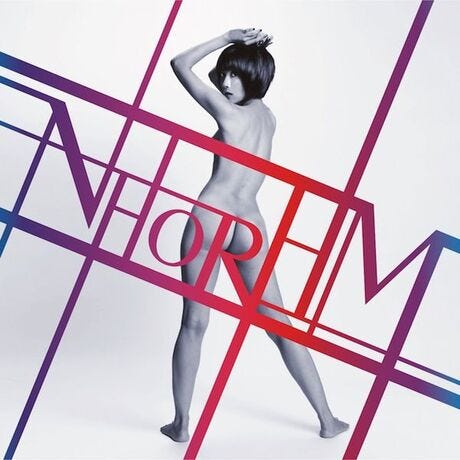
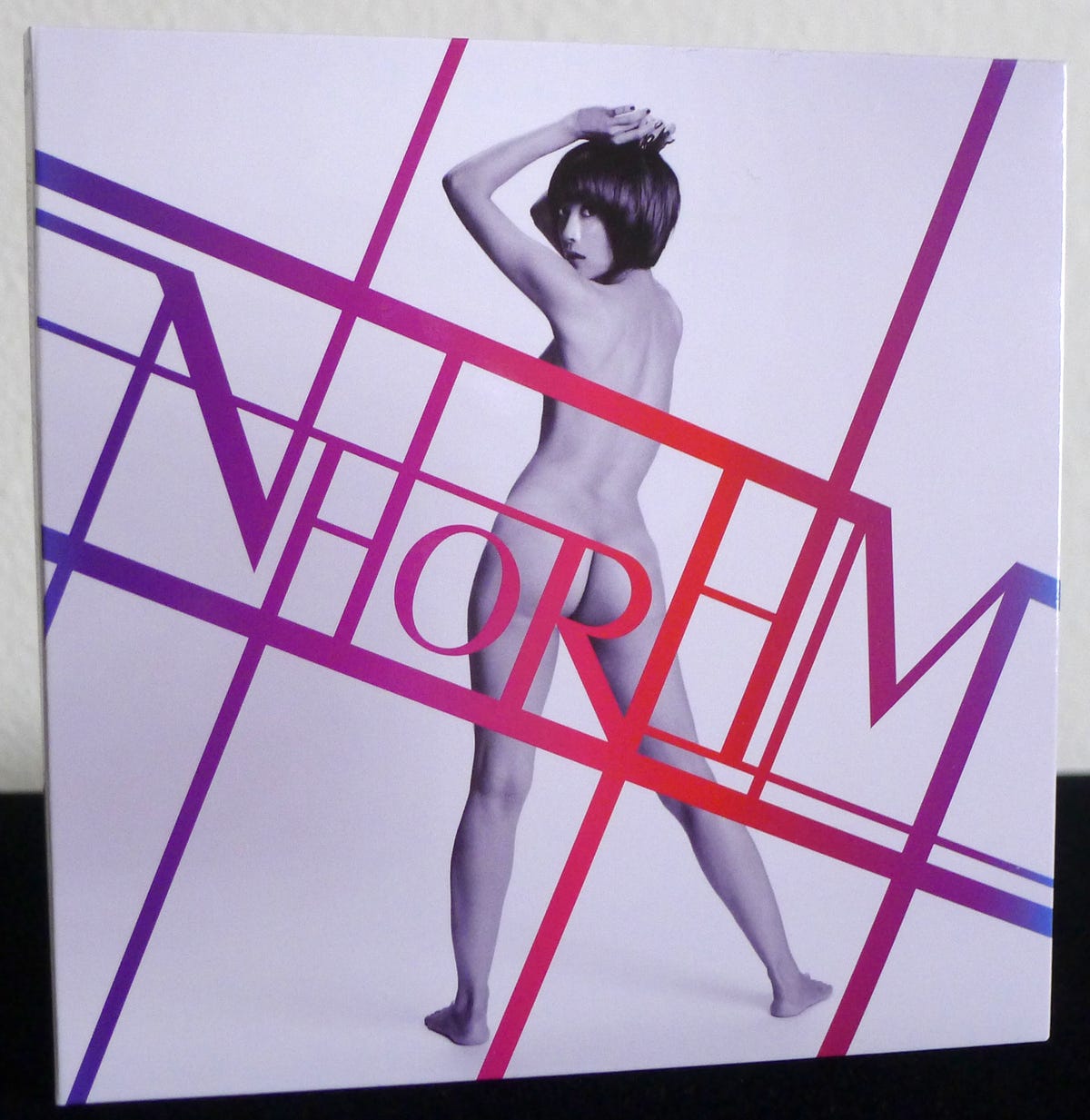
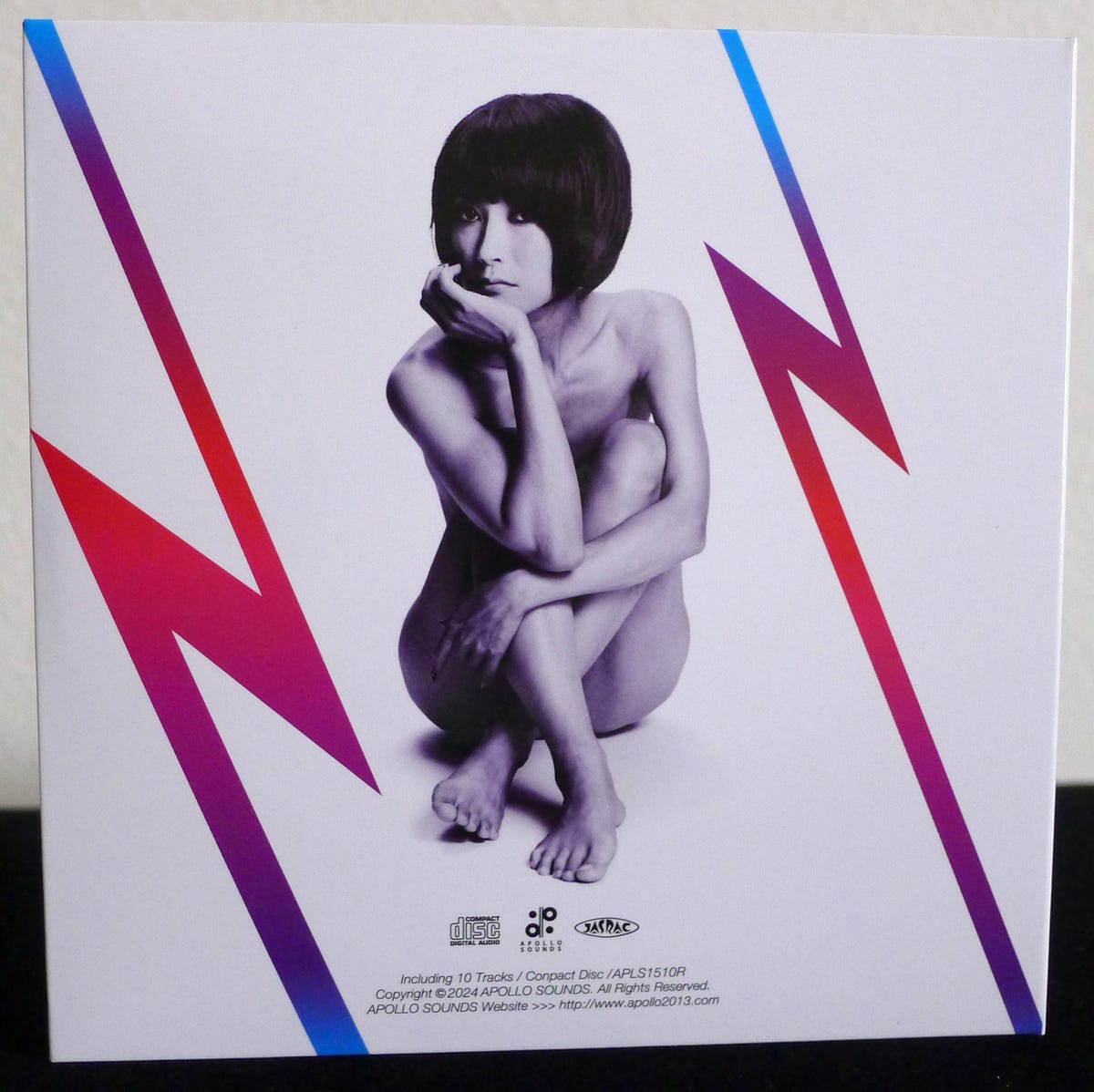

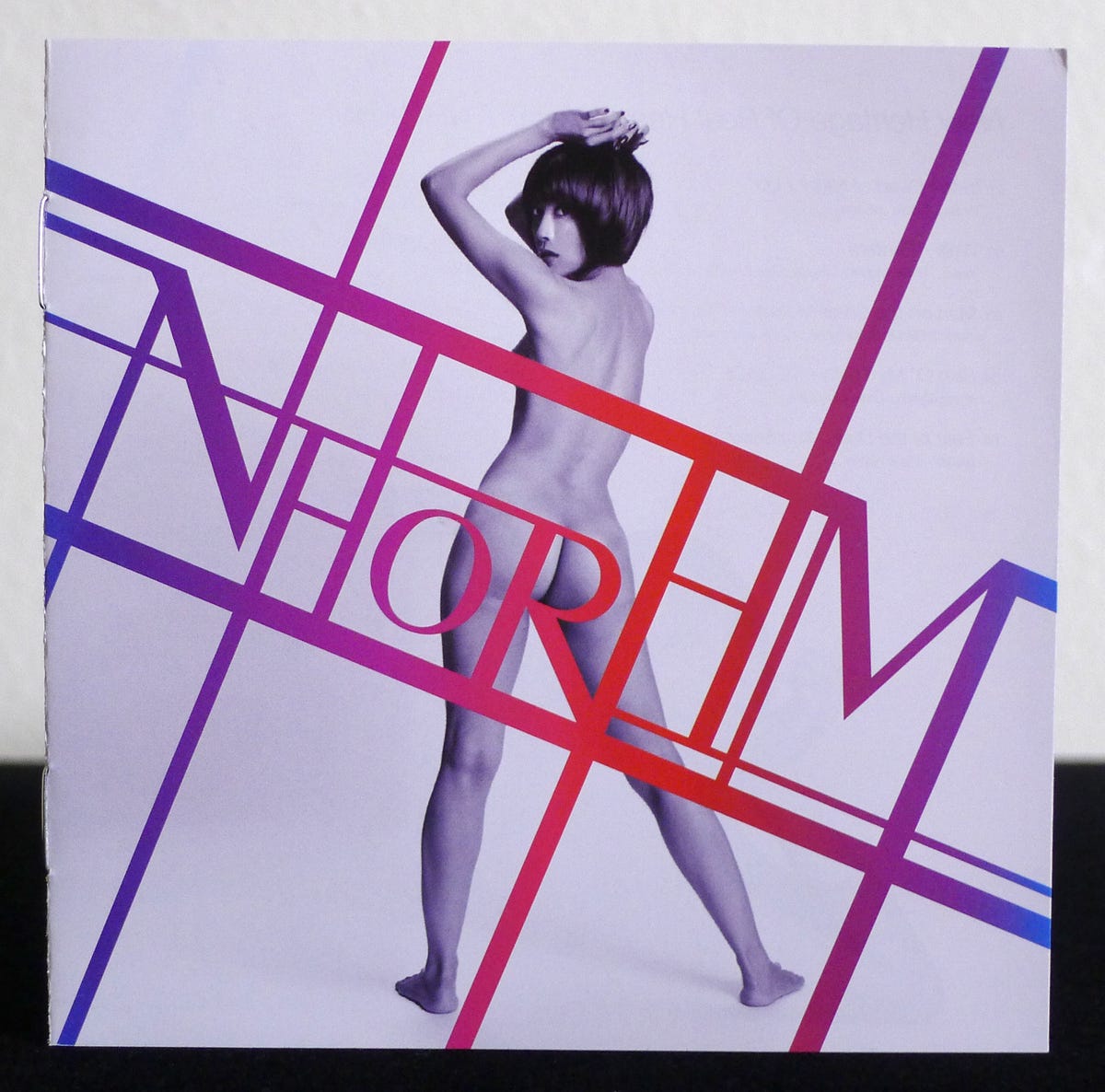
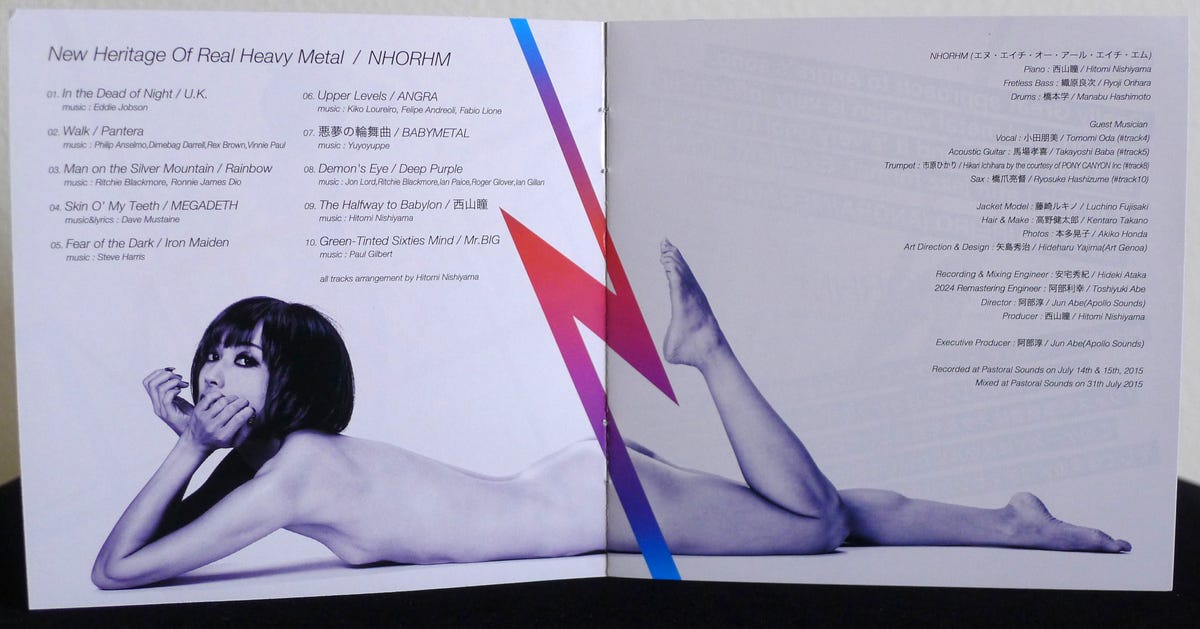
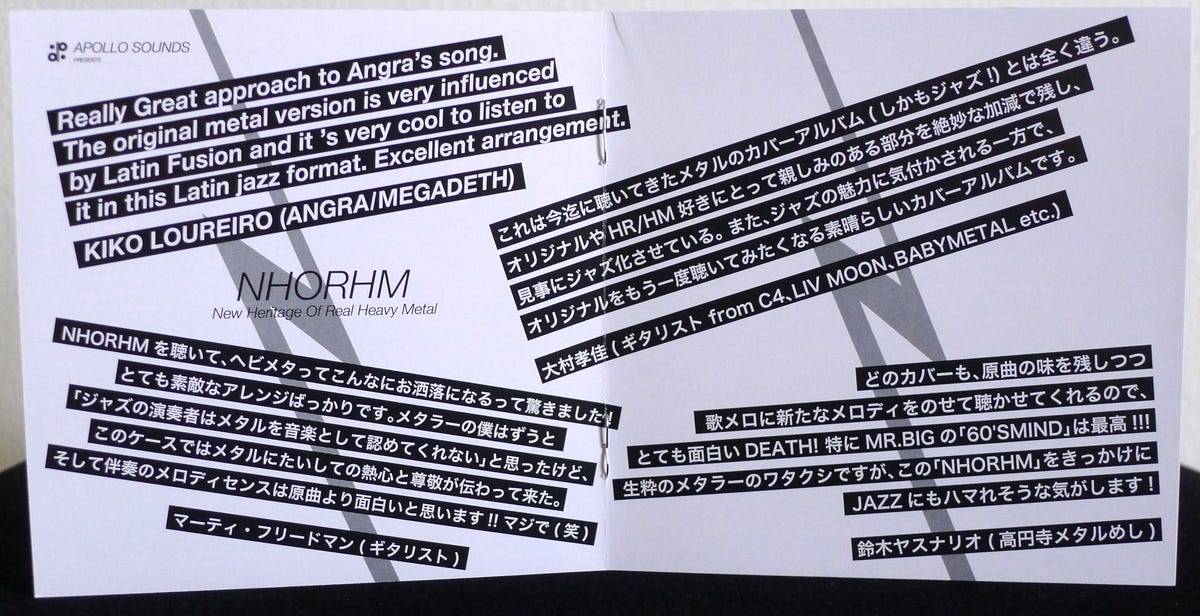
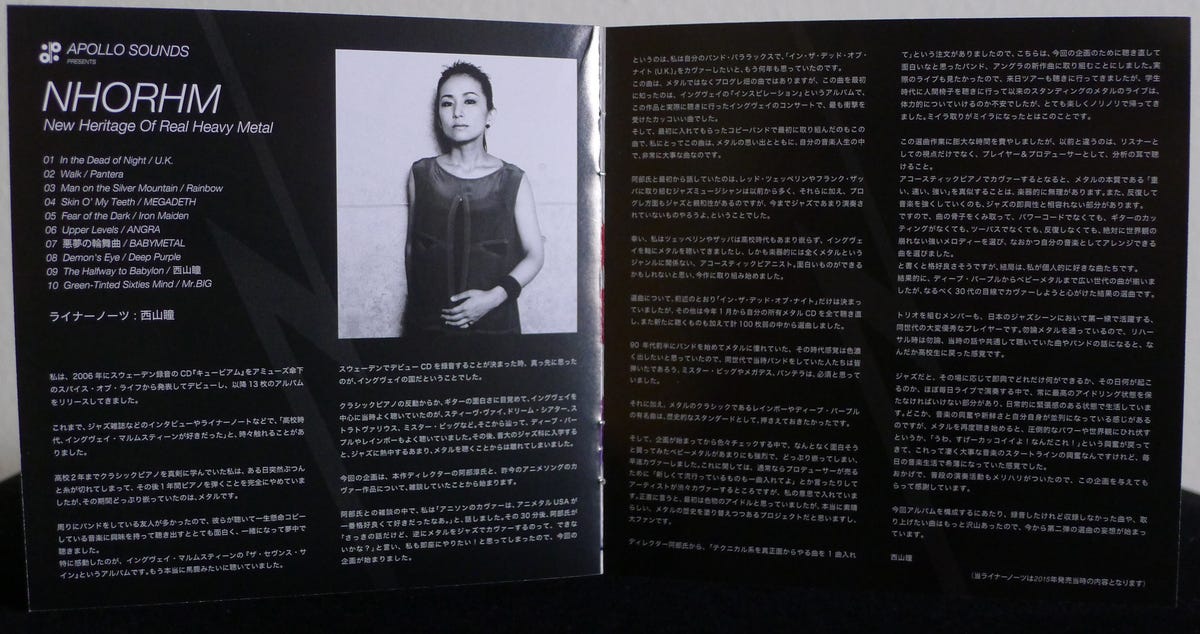
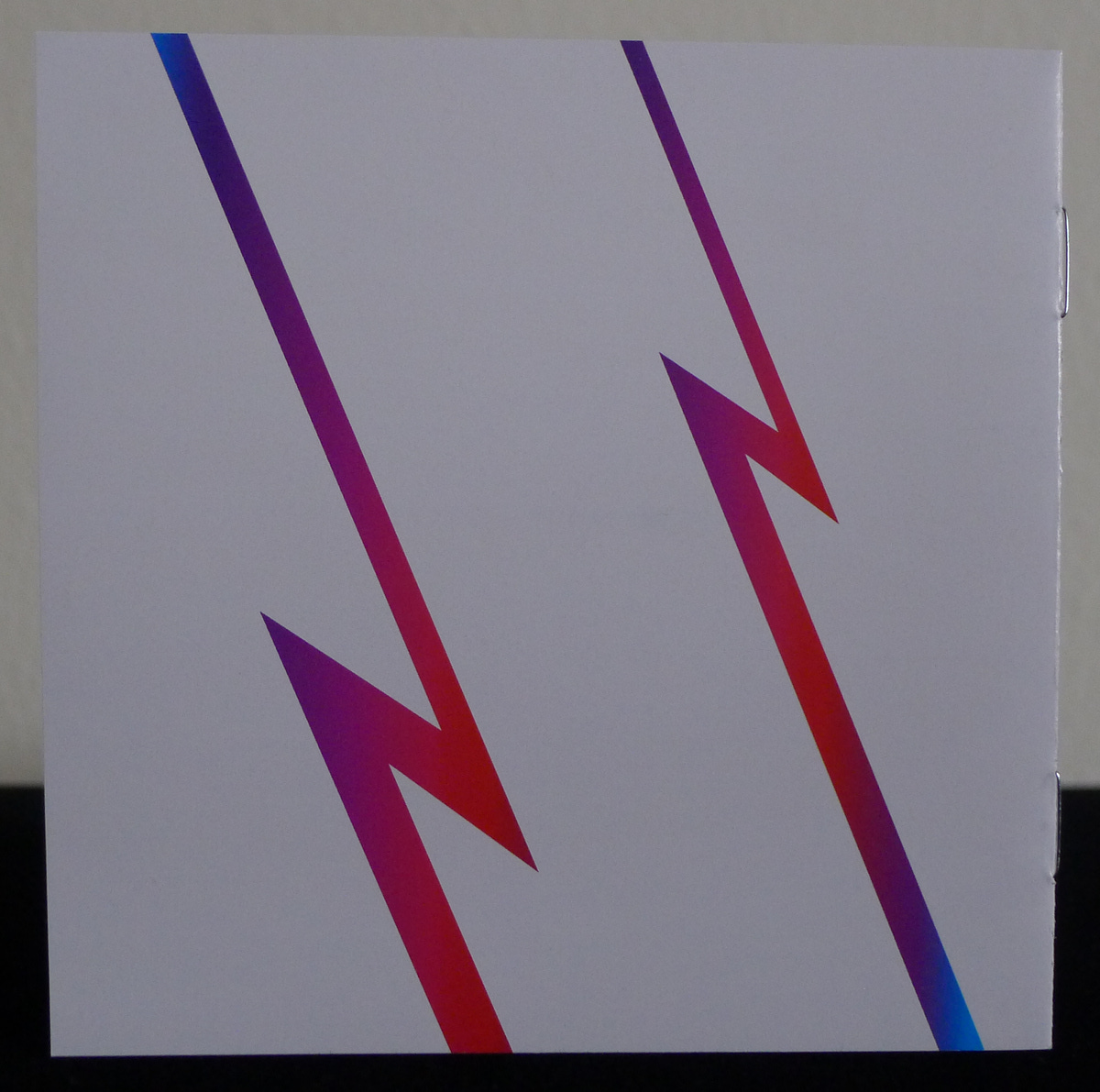
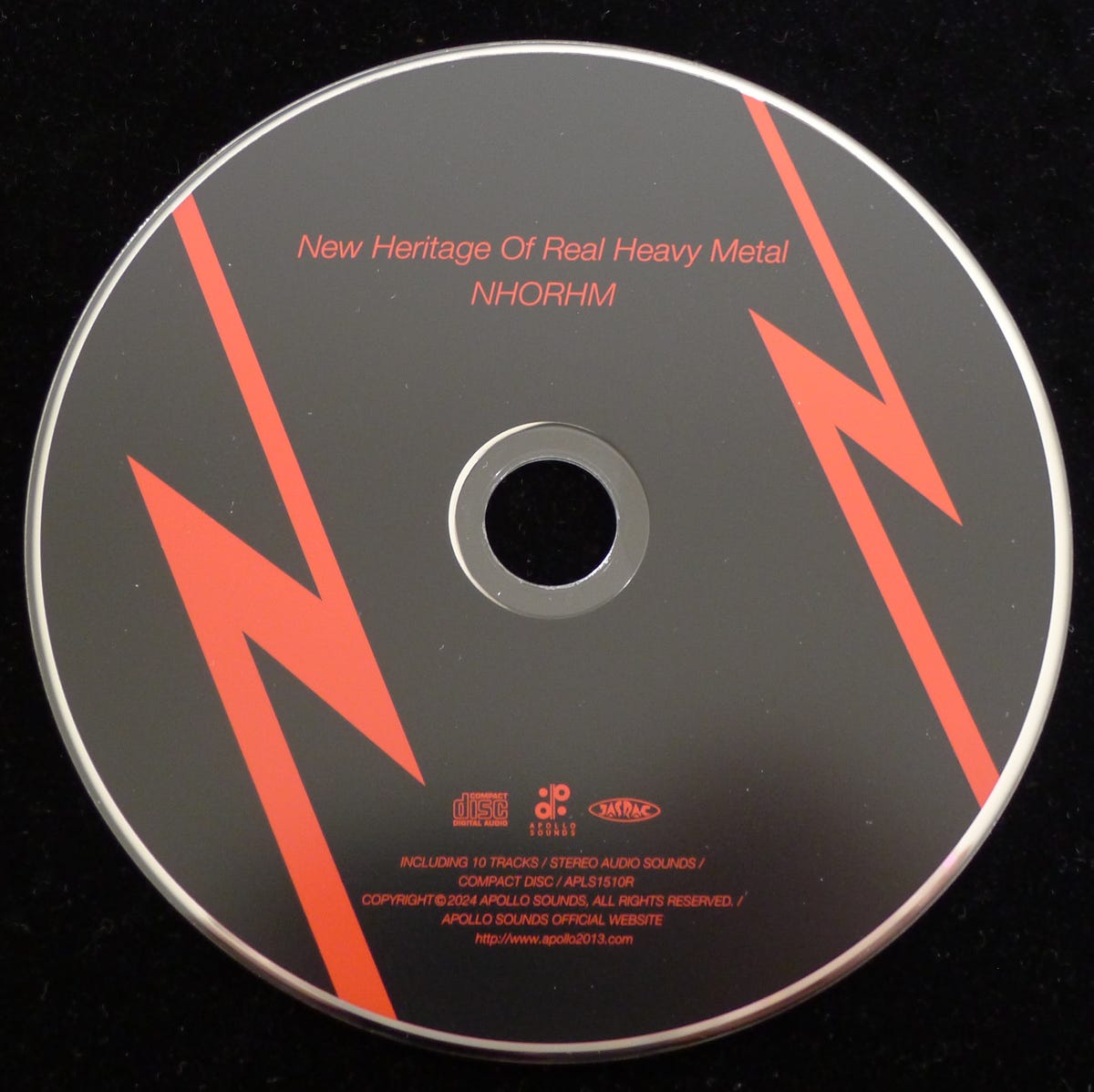
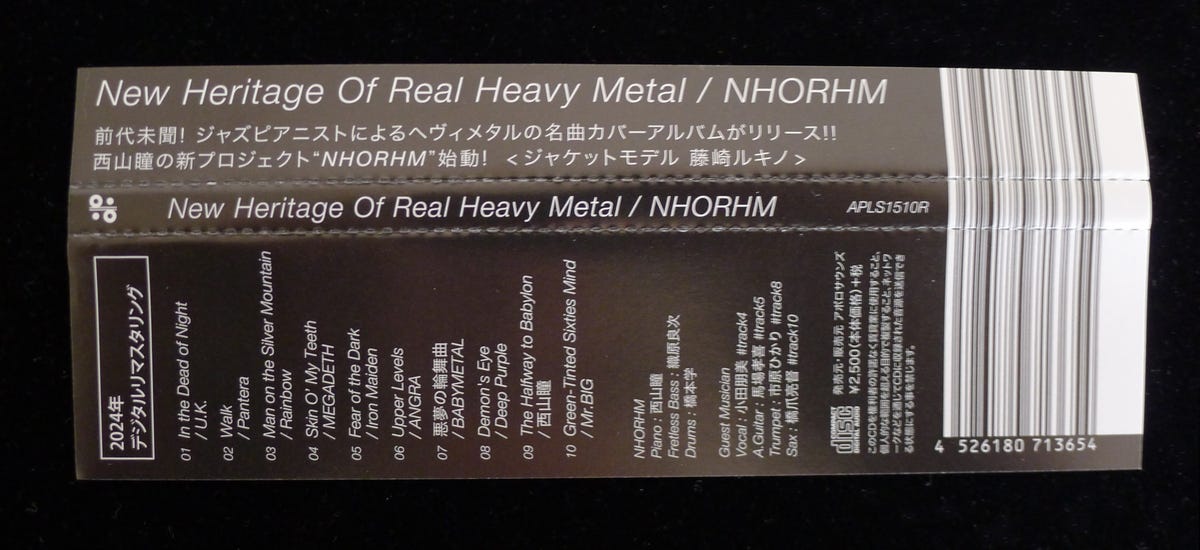
nice one! thank you